What is Liturgy? What is the difference between Liturgy and Mass? – Bishop Osei Bonsu answers question by Godwin Sorte
The Mass, known more fully as the Most Holy Sacrifice of the Mass, is the central liturgical ritual in the Roman Catholic Church in which the bread and wine are consecrated and become the body and blood of Christ. The celebration of Mass forms part of the liturgy of the Church. What then is liturgy? In the Roman Catholic Church, liturgy refers to the official public worship of the church. To call it official is to say that it is authorized by and takes place in communion with the local bishop according to the norms approved by the Holy See. To call it public is to say that liturgy is the activity of an assembly of believers visibly gathered. To call it to worship is to say that it is prayer.
The word liturgy comes from the Greek leitourgia, a word formed by putting together two other Greek words – laos (=people, cf. laity) and ergon (= work, cf. metallurgy). In its ordinary pre-Christian use, it referred to whatever public works were judged necessary to promote the public well-being. Not only public prayer but also road-building might have been termed leitourgia in a pagan society. Christian use gradually narrowed the word’s meaning to designate the public worship of the church.
Scope of the Liturgy
What rites or rituals can be considered to be part of the liturgy of the Church? In the Roman Catholic Church today, liturgy includes celebrations of the seven sacraments, Liturgy of the Hours, Eucharistic worship outside Mass, rites of profession, blessings, and the rituals of the Order of Christian Funerals.
Not all public church services are “liturgy”. Stations of the Cross, public recitation of the rosary, and novenas, for example, are private devotional practices often prayed in common. None of these devotional practices is part of the Church’s official public worship, but they have a special dignity and place in the spiritual life of Catholics. By stressing that liturgy is official, we mean that its texts and ritual elements have been approved by a competent authority, ultimately the Holy See, for use on specific occasions. Each of the ritual books carries an official decree of promulgation from the Congregation of Divine Worship and the Discipline of the Sacraments.
Sacrosanctum Concilium (1963), promulgated by the Second Vatican Council, describes the action of liturgy and its place of prominence in the life of the Church: “The liturgy is … the outstanding means by which the faithful can express in their lives, and manifest to others, the mystery of Christ and the real nature of the true Church” (SC 2). The same document describes liturgy as “the summit towards which the activity of the church is directed; at the same time, it is the fount from which all her power flows” (SC 10).
In what follows, we will be looking at those rites or rituals that are considered as part of the liturgy, starting with the Mass or the Eucharist.
Following the directives of the Second Vatican Council, all the liturgical books have undergone a process of revision in the years since the Council’s conclusion in 1965. They restored the Eucharist to its place of prominence as the central expression of worship. The church’s Eucharist is its memorial of Jesus Christ because the church believes that in the life, death, and resurrection of Jesus lies the power of salvation for all peoples seeking communion with God. From early times, the church named this mystery of salvation through Jesus the paschal mystery. It has proclaimed and celebrated the mystery in public worship and taught it as the pattern for Christian living.
The baptismal liturgy (including not only infant baptism but all the rites of Christian initiation of adults and children, which constitute the early phases of incorporation into the mystery of Christ and his church) comes to its completion in the eucharistic assembly. Catechumens are sent from the assembly to celebrate the Rite of Election with the diocesan bishop. The scrutinies are celebrated in the midst of the assembly on the third, fourth, and fifth Sundays of Lent. Finally, the celebration of the sacraments of initiation takes place at the principal celebration of a major feast, usually the Easter Vigil, Pentecost, or Epiphany. For those who are incorporated in stages, that is, baptized in infancy, confirmed and receive Holy Communion at a later time, the Eucharistic assembly is also the place of the celebration, as reflected in the revised rites.
The liturgy of penance and reconciliation and the rites for the pastoral care of the sick both concern themselves with restoration to eucharistic communion of those who are separated from the eucharistic assembly. In the first case, the liturgy intends to overcome the estrangements in the church caused by the serious sin of its members. In the second case, it is a serious or life-threatening illness which has resulted in the isolation of the sick person from the church’s assemblies and perhaps jeopardized his or her confidence in God’s loving presence. The order for reconciliation includes rites for the reconciliation of individual penitents, for a gathering of penitents making individual confessions, and for the general absolution of a gathering without individual confession. The liturgical rites for the sick involve pastoral visits for prayer, for eucharistic communion, and for the anointing with oil and the laying on of hands for the comfort and healing of the sick person.
The liturgical celebration of Christian marriage affirms, expresses, and deepens the loving communion of a baptized Christian woman and man with Christ through their intimate communion with one another. The marriage rites include forms for celebration within Mass and also outside Mass.
The church’s liturgy also includes rites of ordination and installation directed to official service within the church itself. Ordination to the episcopacy, the presbyterate, and the diaconate establish Christian churchmen in permanent relationships of leadership within the church and so in its public assemblies for prayer. Accordingly, distinct roles within the liturgical assembly are given to ordained. Newly created Roman rites of installation to the liturgical ministries of acolyte and reader, also limited to churchmen, intend to give stability to these liturgical functions; the perceived need for these official installations rose after the 1972 suppression of the minor clerical orders and during the transition from exclusively clerical to lay ministries within the Roman liturgy. Related to these rites of ordination are rites of religious profession. Religious vows establish an official, public relationship of service between the vowed religious and the Church and are normally celebrated during Mass.
Increasingly, groups of people gather to celebrate the Liturgy of the Hours, the official daily prayer of the Church. Consisting of psalms, canticles, and intercessory prayer, the Liturgy of the Hours draws the community together at the rising of the sun and its setting, in an endless chorus of praise.
Additional occasional liturgies also anticipate or derive from the eucharistic centre of Christian worship. The liturgy for the dedication of a church consecrates a place and its furnishings for the regular eucharistic worship of the Christian people.
Eucharistic worship outside Mass, formerly limited to “benediction”, has been broadened in focus in the reform of Vatican II. This liturgical celebration now includes both a proclamation of the word and time for silence, adoration and praise before the reserved Eucharist.
The Church’s liturgy also includes various blessings, recently made available in the Book of Blessings. The Book of Blessings has two parts: one set of blessings for household or family use and the other to be used as part of priestly ministry. The intention is to bring the prayer of the Church to all the corners of one’s life.
The final aspect of the Church’s liturgy is its ministry to those who have died, using the Order of Christian Funerals. This contains various rites by which the Church accompanies the deceased and grieving family and friends from the moment of death, through the wake and funeral, to committal of the body to its final resting place.
Author: Rt. Rev Bishop Osei Bonsu
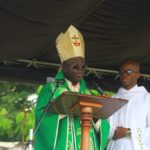
Bishop of Konongo-Mampong, Ghana
Born 8 Feb 1948
Ordained Bishop 28 May 1995
This post has already been read 2417 times!
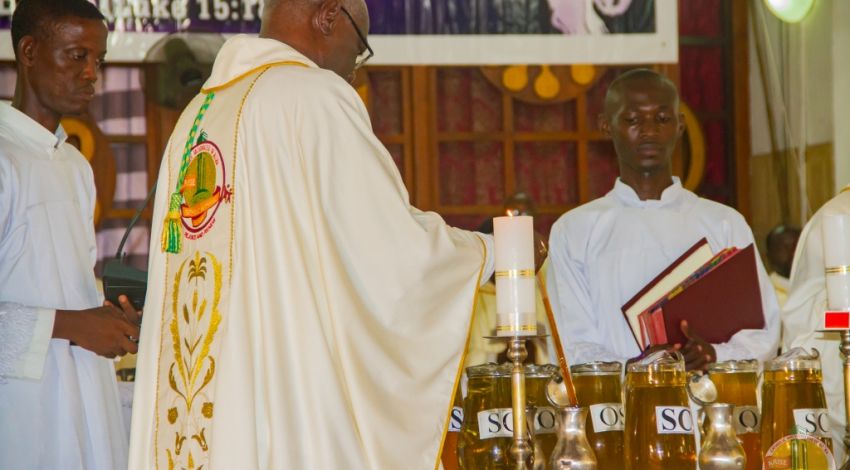
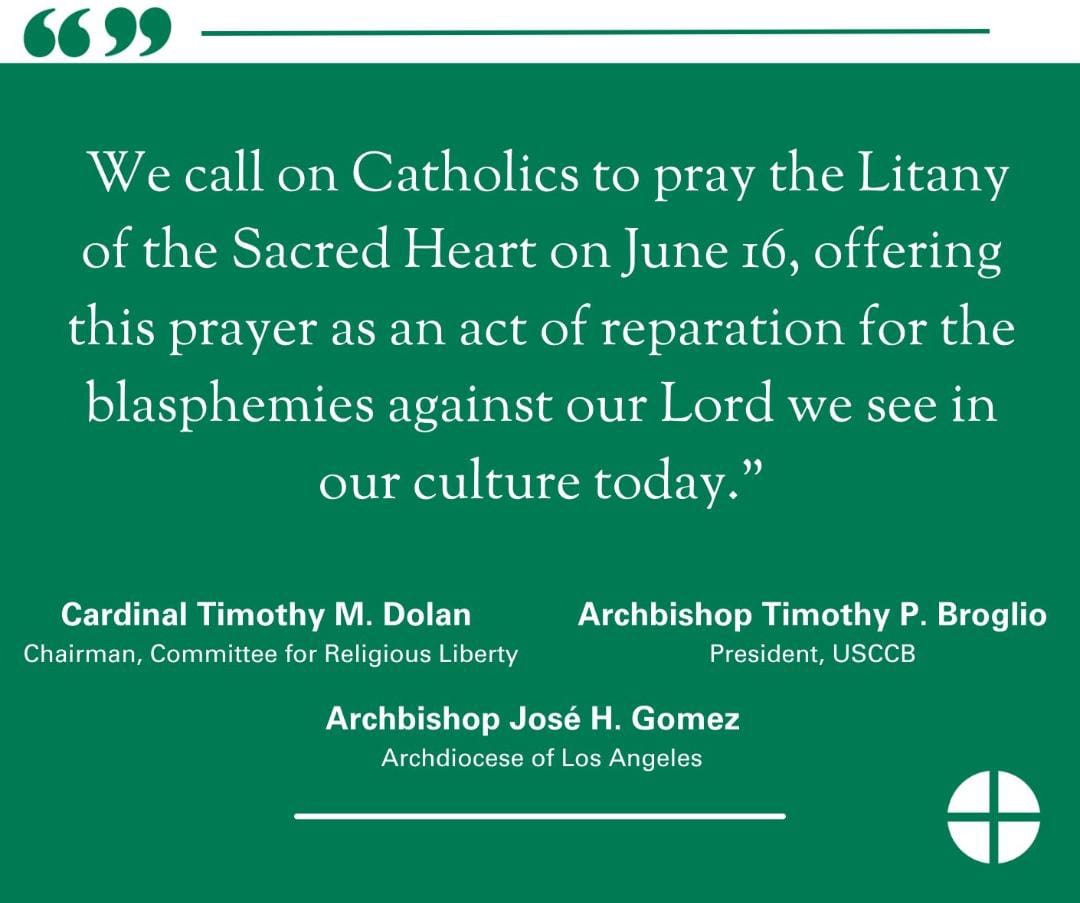
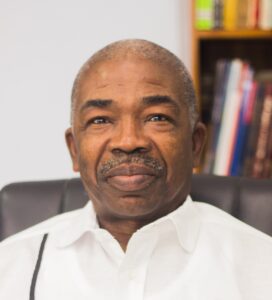


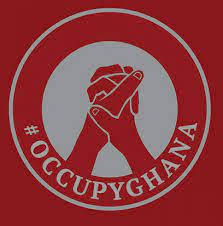



Post Comment